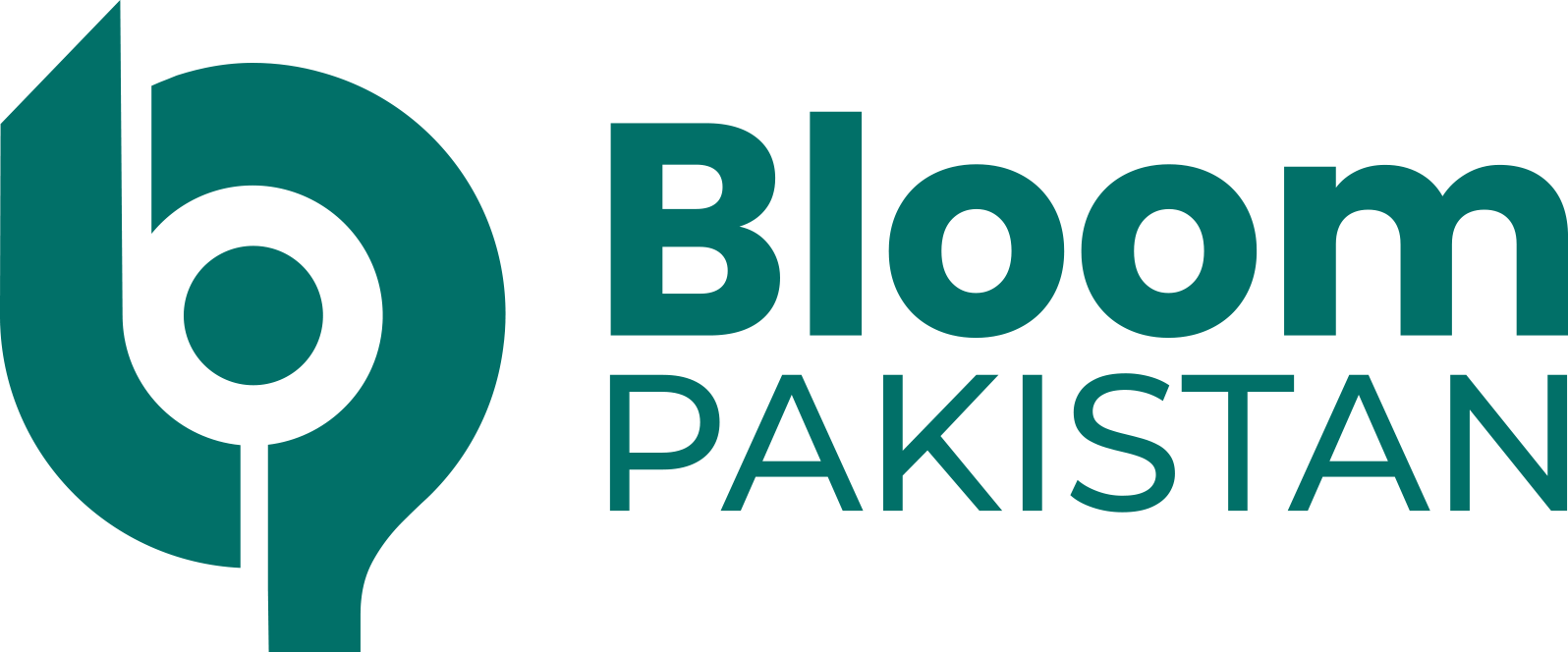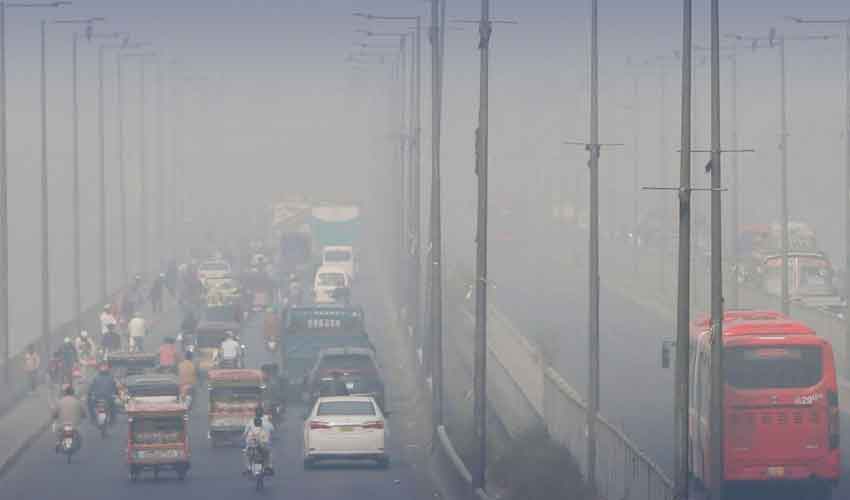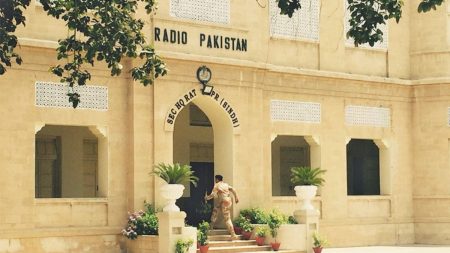Islamabad, Nov 27: Lahore continues to face severe air pollution, with the air quality index (AQI) improving marginally to 299 on Wednesday — just one point below the “hazardous” level. Despite this slight improvement, the situation remains dire as the city has been grappling with hazardous air quality for nearly 10 consecutive days. Lahore, home to over 14 million people, ranks as the second-most polluted major city globally, with fine particulate matter (PM2.5) concentrations 44.8 times higher than the World Health Organization’s (WHO) recommended annual guideline.
Key Factors Behind the Crisis:
- Persistent Smog: The smog, which has blanketed much of Punjab for nearly two months, has worsened air quality in cities like Lahore and Multan, impacting millions of people. The pollution is primarily driven by industrial emissions, vehicular pollution, and crop residue burning.
- Health Impacts: Prolonged exposure to toxic air is reducing life expectancy in Lahore by 7.5 years. The harmful pollutants pose serious risks, leading to strokes, heart disease, lung cancer, and respiratory illnesses.
- Emergency Measures: The provincial government has implemented measures such as school closures and restrictions on public spaces, but the pollution levels remain dangerously high.
Wider Impact:
- Multan: While Multan’s AQI improved from a life-threatening 1,571 to 562, it remains 71.3 times above WHO’s safe limits.
- Other Cities: Peshawar and Karachi also recorded hazardous AQI levels, with particulate matter concentrations significantly exceeding recommended limits.
Experts stress the need for long-term solutions, including modernizing vehicle fleets and tackling cross-border pollution to address this annual crisis, which affects both Pakistan and neighboring India.









